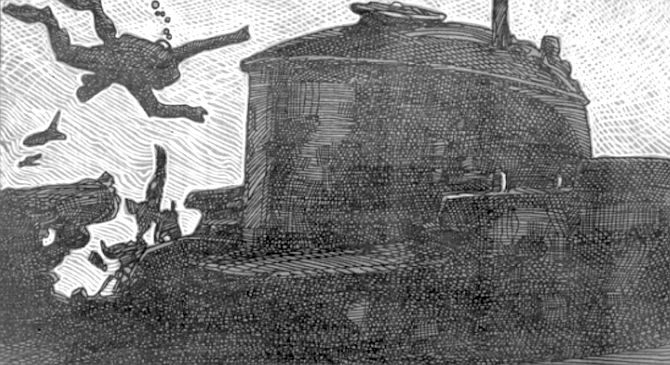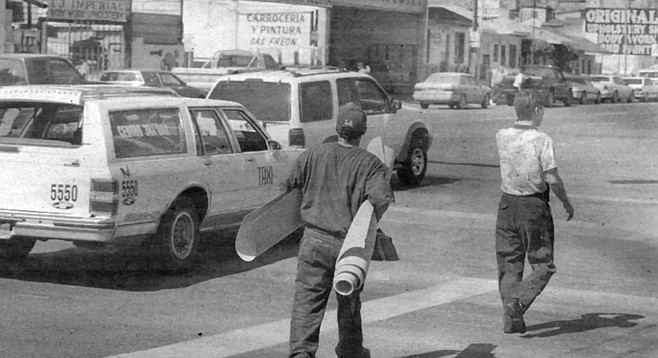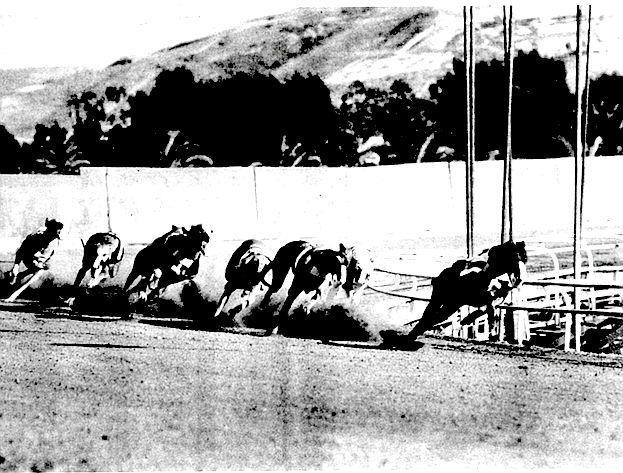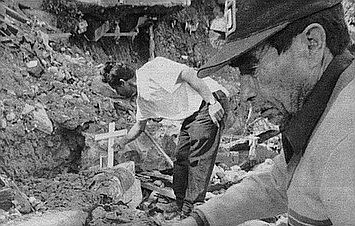Here's something you might be interested in.
Get Involved
 Facebook
Facebook
 X
X
 Instagram
Instagram
 TikTok
TikTok
 Youtube
Youtube





Bob Owens wrote for the Reader from 1983 through 2001.






Bob Owens wrote for the Reader from 1983 through 2001.
Comments